![]() The Weekly Update is taking off the… er… ‘week’. So in honour of Earth Day, I’m offering an excerpt from from my day job. As some of you may know, SeaTacNoise.Info is working on a documentary on the history of the airport. Unfortunately, it’s taking longer than expected to complete–partly because I have this Thursday night-side hustle. 😀 Our hope had been to put out the book and the movie together with all the footnotes and citations because it will generate a lot of controversy. But recently the airport has gotten back in the news and we’ve decided to put out some shorter/less rigorous excerpts. And who knows, maybe these will encourage a few more people to see the movie. 😀
The Weekly Update is taking off the… er… ‘week’. So in honour of Earth Day, I’m offering an excerpt from from my day job. As some of you may know, SeaTacNoise.Info is working on a documentary on the history of the airport. Unfortunately, it’s taking longer than expected to complete–partly because I have this Thursday night-side hustle. 😀 Our hope had been to put out the book and the movie together with all the footnotes and citations because it will generate a lot of controversy. But recently the airport has gotten back in the news and we’ve decided to put out some shorter/less rigorous excerpts. And who knows, maybe these will encourage a few more people to see the movie. 😀
Now, the moment you start talking about anything regarding the airport, people start speculating about questions which never seem to get a straight answer, even though they are not particularly hard to answer. One reason for that is the fact that, with history, safety has an inverse relationship to time. It’s safer to talk about events 100 years ago than 1 year ago–mainly because the characters are all dead. 😀 People often have a much tougher time speaking candidly about recent events
This is history from the community POV, which means that it’s politics. Because, at bottom, Sea-Tac Airport is not about noise or pollution or flights or even airplanes. It’s about money and land and above all politics.
This first article covers 1949-1990, which means that most of the people are dead, so it’s mostly safe. 😀 Nevertheless, it answers two of the most common questions we get: 1) Who was here first? and 2) Whose bright idea was it to let an airport located so close to so many people get so big?
Excerpt #1: The Chicken and the Egg
Whenever anyone talks about the challenges of living next to the eighth largest airport in North America, the question comes up, “Who was here first?” It’s a bit like asking which came first, the chicken or the egg? Because there were neighborhoods near the Bow Lake plateau when Sea-Tac Airport was dedicated in 1949. A better question might be, “Why wasn’t a much larger facility sited somewhere else?”
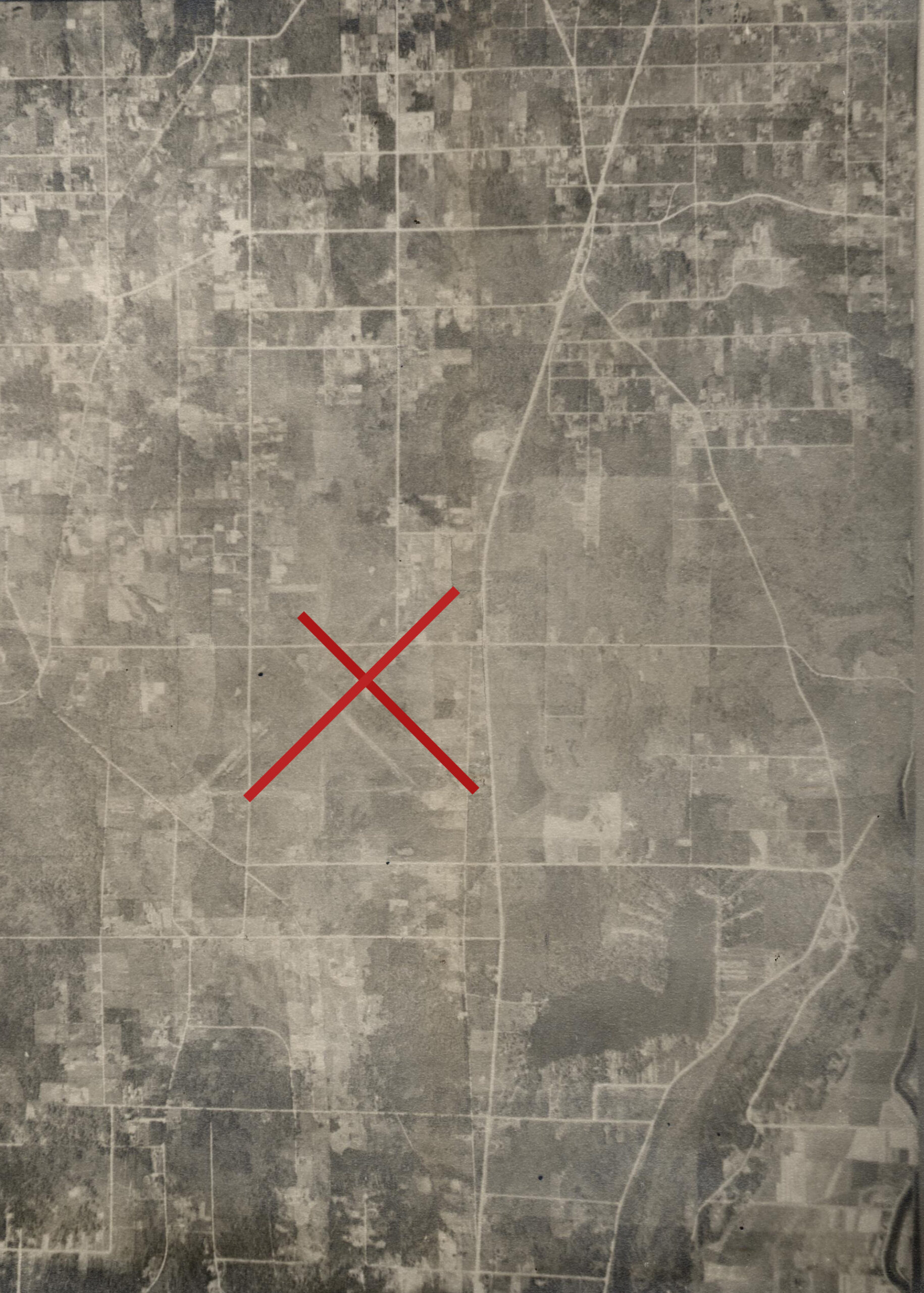
The answer, which younger people may not appreciate, has more to do with culture than anything else. In terms of attitude, until very recently this region had a lot more in common with Detroit than Silicon Valley. A lot of it comes down to why my generation thought that ideas like “What’s good for GM/Boeing is good for America” would last forever. It’s also why we resisted seatbelts. 😀
Back up a sec. A big part of why zoning and land use law came into being in the 1900’s was to save people from themselves. That is why it is no longer legal to site a stockyard next to family residences, and why it is increasingly difficult to buy waterfront property with rising sea levels. The government has an obligation to save you (and the rest of the taxpayers) from building things in the wrong places–whether you like it or not. After WWII, the Federal government told local planners that aviation was going to be as big as the Interstate Highway system–they already knew how loud and polluting it was going to be. So in normal parts of the USA, planners responded by siting new airports as far out in the boonies as possible.
But here? In 1949 we’re talking unincorporated King County, the ‘Wild West’ when it came to land use planning. Until 1968 the fourth largest county in the United States was governed by a three man Commission because, as one Commissioner said, “that’s all the government we need here.” Many residents and developers, having similar libertarian sentiments, agreed.
The airport, built for military use in 1942, was far from ideal, but it already had a toe hold here on its tiny 900 acre plateau and it was next to a four-lane road connecting Seattle and Tacoma. And that saved a whole lot of hassle in finding the proper space. Seattle wanted it. Tacoma wanted it. Who was King County to say no to ‘progress’?
Remember: like Detroit, the entire area was largely comprised of single-industry factory neighborhoods. People were just gaga about ‘aviation’ here in exactly the same way they were about cars in Detroit. Not just the jobs. The community. The industry’s value to the nation. Plane watching was an entertainment. Pride.
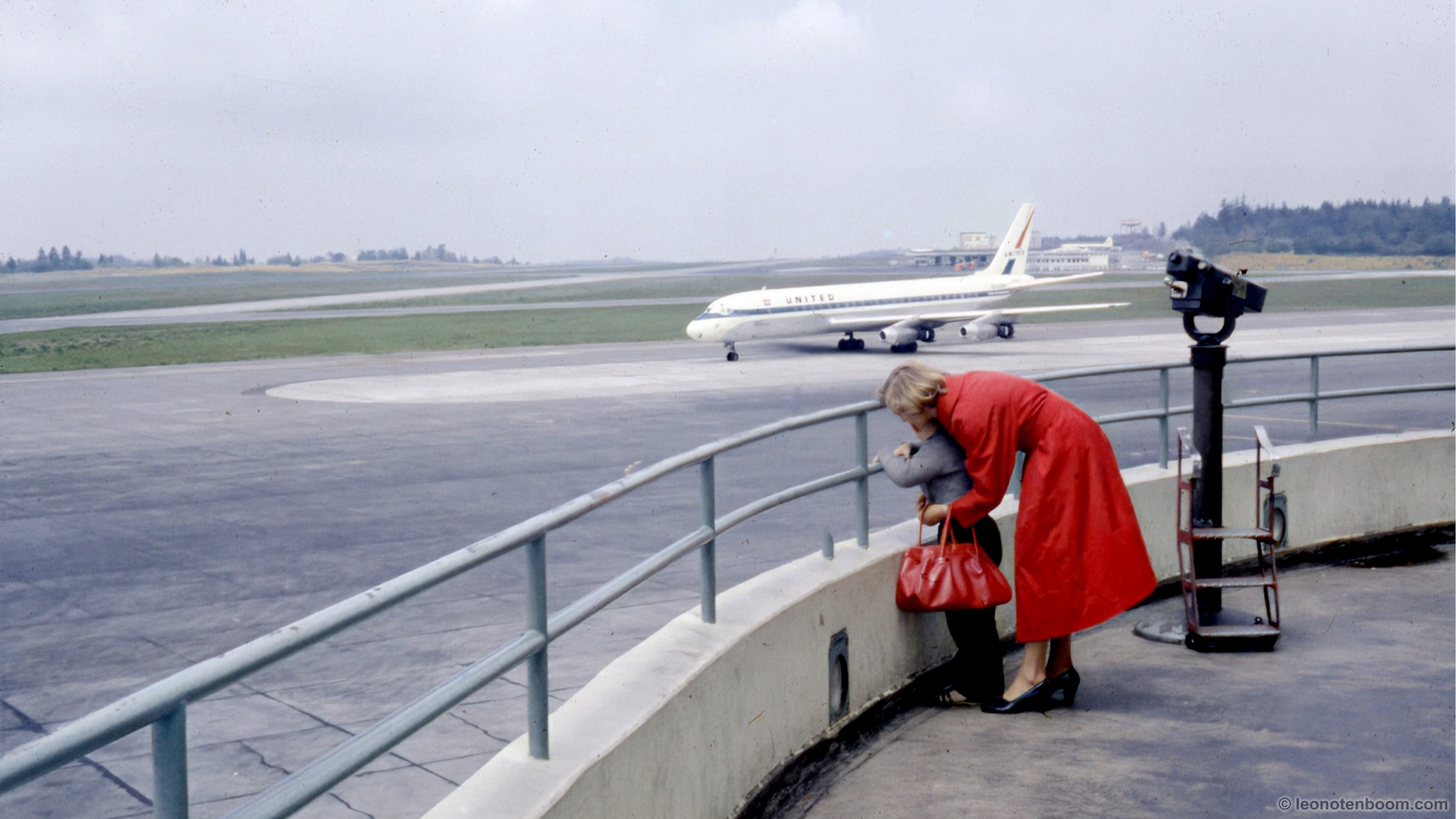
People who lived here tended to like planes. So the number of daily operations felt no more onerous than those at Paine Field today.
Also: Boeing (and Seattle) still focused most of its attention on King County International Airport. The first jet landings were not at Sea-Tac. In fact, during the late 1950’s the Sea-Tac runway (singular) couldn’t even accommodate the latest jets, causing the Port to make a last minute land buy in order to expand the (single) runway in time for the World’s Fair in 1962. Who could complain about that, right? That’s how all the early expansions went-drip, drip, drip.
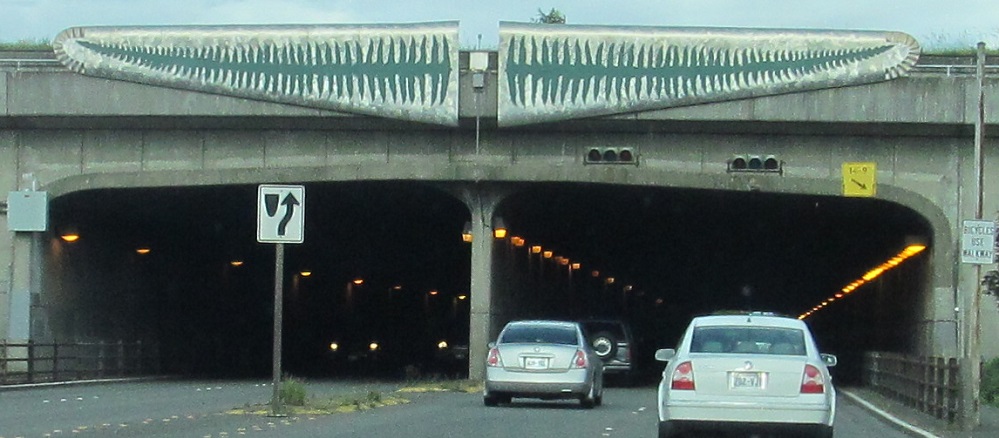
Even more exuberance…
Today, the few remaining aircraft makers are lucky to roll out one new airplane every decade. Back then? Boeing was working on two huge projects at the same time: the 747 and the SST!
Think about that for a moment. Today, many people go banana pants over fireworks one day a year. Back then? The industry hoped to have a hundred sonic booms every day over Seattle! Look at all the schools sited near 24th Ave. In 1970 no one blinked at building a Second Runway that flies directly over them! That is how gaga people were about aviation.
When Boeing canceled the SST, it caused the deepest recession in modern regional history. Remember this…

So, even when the public could see the 2nd Runway being built, including the massive changes to parking and terminals, it still didn’t quite sink in what was about to happen. That is how strong the cultural bias was towards aviation.
(And to be fair, the 747, one of the loudest most polluting contraptions ever invented, did not start landing until the 2nd Runway opened.)
1970
But when that 2nd Runway did open? The airport was transformed into what it is today. Not just the number of flights, but the types of planes landing and taking off started shifting towards big jets. It is hard to over-estimate the change in noise, pollution and community attitudes. People should have known what would happen, but for all the reasons above, they just didn’t.
The airport got so big due to ‘cascade failure’, a long series of small decisions that all seem controllable, but make a big, uncontrollable outcome inevitable. There was a ‘perfect storm’ of unincorporated King County–with extremely lax attitudes towards land use, and a “one-industry” culture that identified so highly with “aviation.” Taken together, those factors allowed for airport expansion that other parts of the country would never have found acceptable.
(For example, in the 1980s residents in New York City demanded and received limits on daily operations. Here? It is still common for people to exclaim how much they looooooooooooooooooove the sound of all the planes. Pollution? What pollution?)
The Sea-Tac Communities Plan
Unfortunately, the Environmental Protection Agency (EPA) and NEPA and anything like modern environmental law were not created until after the 2nd Runway opened. Timing is everything! (or is it location, location, location? 😀 ) Regardless, people today don’t understand that you couldn’t sue for things like noise or pollution until quite recently.
But those early ’70’s laws had teeth. Suddently almost anyone could sue for their school, their house, their anything. And they did; over 330 times. The activism was unprecedented, led in large part by women, employees of Highline Schools. For the first time, the health of children became a real concern.
All the lawsuits and community activism freaked out King County, the Port and especially the FAA which saw this as an existential threat to commercial aviation. Because, even in the early 1970’s, planners had scary accurate predictions on what flight operations would look like twenty years out. (Just as they had in 1949, by tht way.)
So this time, in 1976, the FAA, the Port and activists came together for a once in a generation thing called the Sea-Tac Communities Plan. The STCP was created as sort of a ‘beta test’. The FAA’s first year audit of the plan put it very well…
Sound familiar? 😀
The goal of the STCP was to figure out a way for the airport and communities to co-exist harmoniously. Everything people negotiate about now they thought was achievable then. All future growth was to be co-managed with Community members, King County and the Port at the table on a monthly basis. There would be impact fees, health studies, noise monitors, air quality monitors, sound insulation, the airlines would work on improving their fleets–just like the auto industry was being required to do. The mantra was “As you do better, we will do better.” No more lawsuits.
The STCP was supposed to become the model for the rest of the nation. The one idea that got the most attention were property buyouts around the airport. These would not only provide protection for residents, but also unprecedented opportunities for parks and local economic development in those newly vacated “noise lands.”
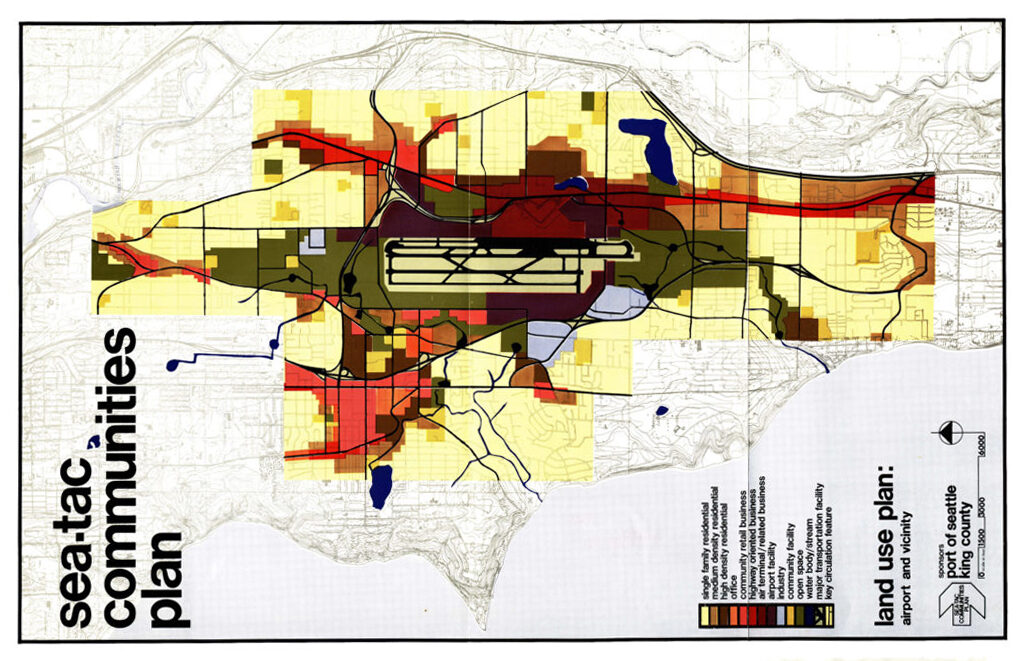
What happened?
Just as the airport got out of control in a series of small steps, the STCP also fell apart very slowly, one step at a time, and for exactly the same reasons.
Example: even before the ink was dry on the STCP, Boeing was lobbying the King County Council to take the western portion of the noise buffer and relocate their corporate HQ there–totally screwing what was known as the Hilltop neighborhood in Burien. The arguments? JOBS! And also, “Hey, it’s just one part of the plan. There will be plenty of other opportunities to address community interests.” Neither was true. And the fact that their own 1County Councilmember voted for it just broke community trust.
Plus, it is also very true that residents had completely unrealistic expectations. As now, anything less than “make all the planes go somewhere else!” was considered a failure. And anyone working on the various committees was “wasting their time.”
Within a few years you couldn’t even get people to volunteer for the various advisory committees because every year, something got walked back–usually with the active support of the Council–including your Councilmember. At a certain point there weren’t two sides to the table. There was just one side. Drip, drip, drip.
Today, the only thing left that bears any resemblance of the STCP is North SeaTac Park–mainly because it was the first (and last) portion of the STCP to be worked on. (Oh you don’t know what we mean by “western noise buffer”? Sorry, today that’s known as something else: the Third Runway. And the southern end? That’s the Des Moines Creek Business Park.)
1990
Meanwhile, in the other Washington, the airlines had successfully lobbied congress on all sorts of regulatory standards–including aircraft standards and 2noise and aviation emissions. Ironically, the goal of “no more lawsuits” was achieved–just not the way the public had hoped.
And in Olympia, the Flight Plan Project was reporting back that it would likely be impossible to site a second airport anywhere in Western Washington. The group recommended that the Port should be developing a plan to build a Third Runway–just in case.
Also in Olympia, the legislature had been passing a series of laws, known now as The Growth Management Act (GMA), designed to improve land use planning. No more “Wild West!” This created a steady pressure for all areas of unincorporated King County to either get annexed or become cities. Many bits south of the airport joined Des Moines, while the western side becoming Burien and the eastern side became SeaTac.
Arguably the only “winner” in that sorting process was SeaTac. Originally, their founders did not plan on including the airport in their new city proposal. But Des Moines showed no interest, choosing to focus instead on the Woodmont/Redondo neighborhoods to the south. (Culture wins again: a big internal argument at the time was that Des Moines should continue to focus on ‘bedrooms’ and stay away from ‘commercial property’.)
So SeaTac included the airport in their referendum–arguably the smartest political move in the history of South King County. The Port immediately entered into negotations both codifying North SeaTac Park, and creating an Inter-Local Agreement which provides the kinds of ongoing impact fees originally discussed for the entire area in the STCP. SeaTac got the parks and the money.
Regardless, by 1990 all territory around the airport had been divvied up. Instead of being a huge County negotiating with a less huge Port of Seattle, the “Highline Communities” became dinky cities with no practical ability to match up politically.
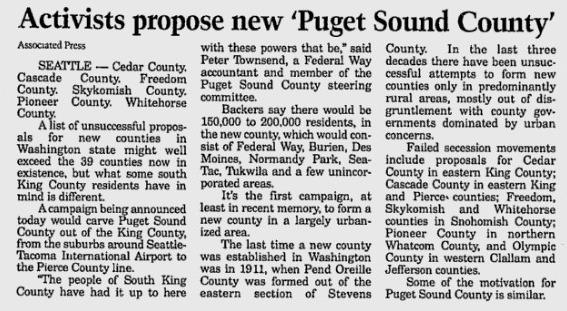
At various times a few people have recognized the immense power differential and have put forward proposals for either a new mega-city or a new county which would comprise all the airport communities and thus control the airport. They’ve gone nowhere, largely because of NIMBYism, bad memories of the STCP process, and that ‘small government’ libertarian streak in so many neighborhoods.
But the moment we became separate cities, it made a Third Runway inevitable.
1By this time, the King County had transitioned from a three-member Commission to a nine-member Council. The District in question covered the entire airport area and then south to Redondo.
2Under Federal law, curfews were made illegal so it’s easy to blame the FAA. But it’s also worth noting that other airport operators requested (and were granted) exceptions. The Port of Seattle was not one of them.
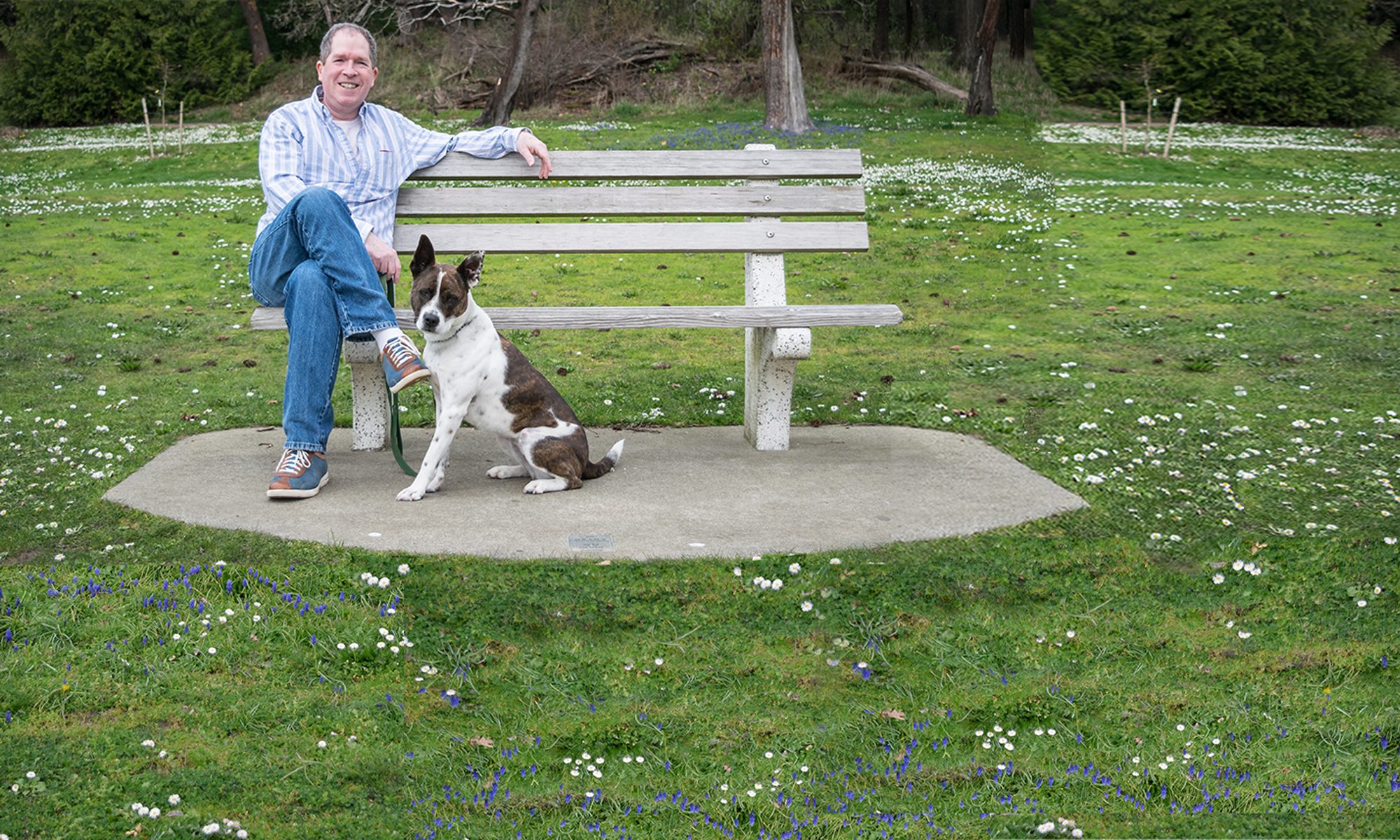

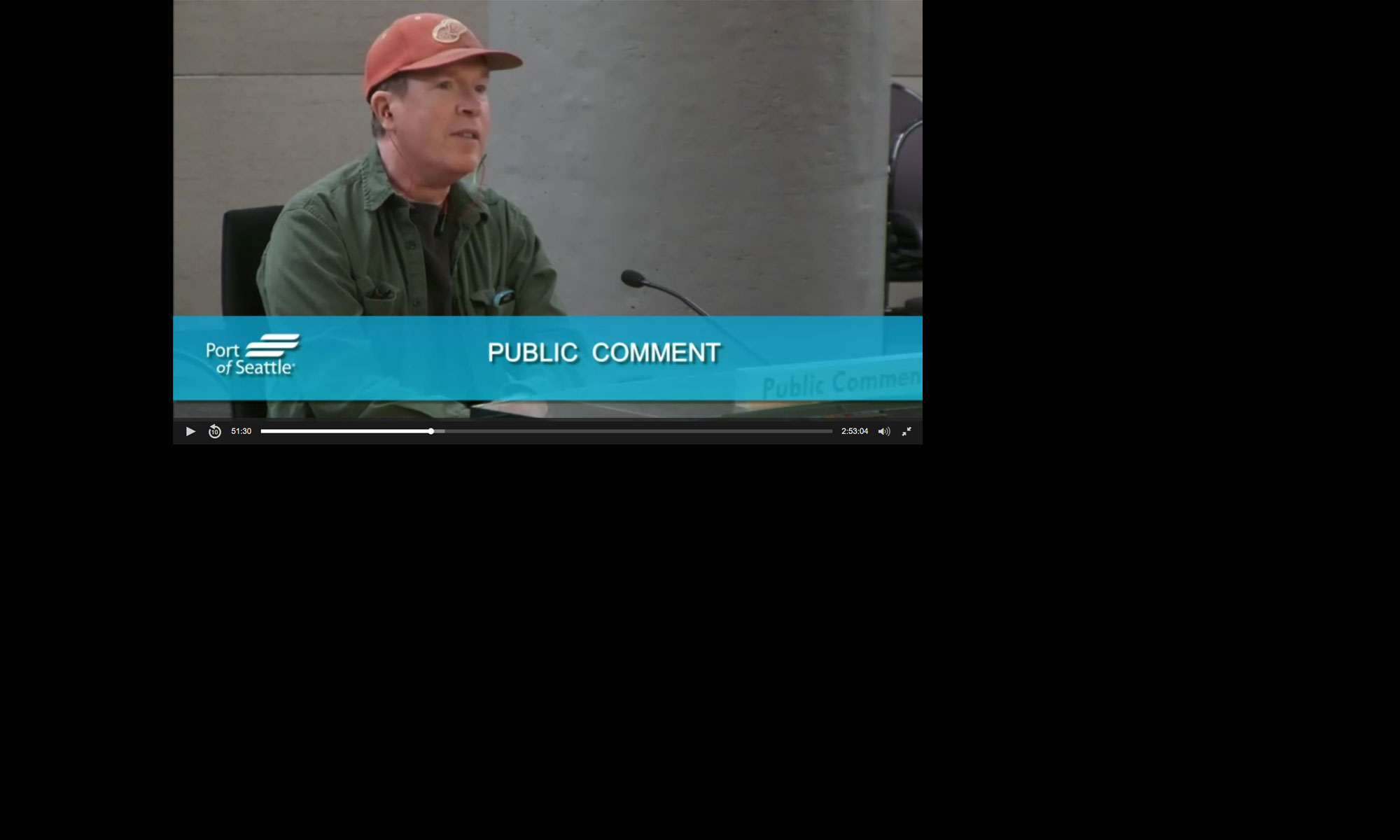
Puget Sound county is the same as what I’ve been advocating…a political enterprise to take away the power of the Port of Seattle. The cities most affected by the airport, those surrounding the airport should form a coalition to dictate to the Port…not the other way around.
Other airport cities impose nightime flight and noise restrictions but the damn port does what it wants – flying planes at ALL housrs.
Other airport cities dictate flight noise restrictions such as throttling back immediately after takeoff, and flight paths of least noise impact…but the damn port does what it wants – flying planes everwhere and using the “auxilliary” (3rd) runway as the main runway .
Some may think this a ‘long article’ but it’s actually very short and there are many details left out.
1. As it states in the article, the idea of a Highline City or Puget Sound County was opposed by -residents- and local politicians. All one had to do to get ‘no’ votes was to scare voters that if they combined, all the crime/drugs/bad people would be knocking on their door. Creating fear of ‘outsiders’ has -always- been the way to prevent any positive change in Des Moines.
2. Unfortunately, when FAA law was changed in 1990, some airports asked to allow for curfews. The Port of Seattle did not. Therefore, it is now illegal for Sea-Tac to have any curfews.